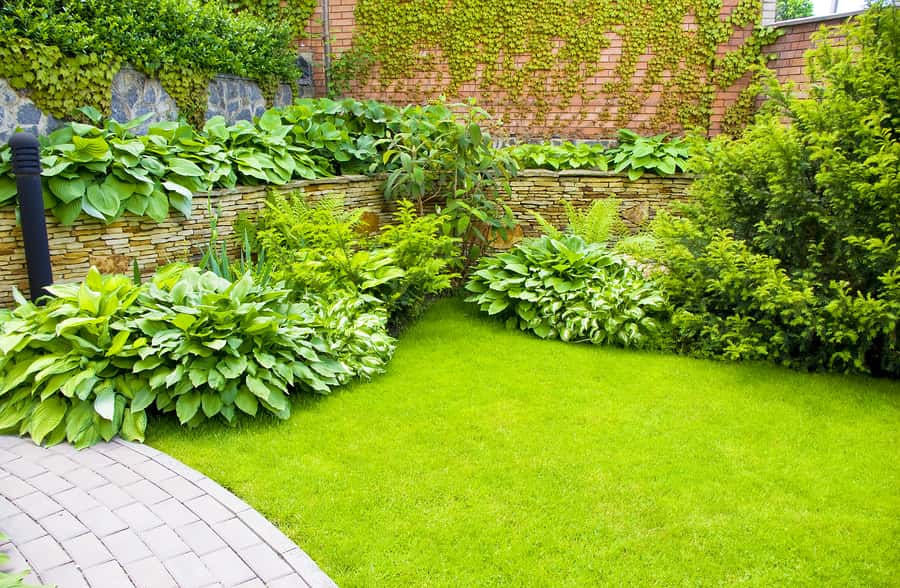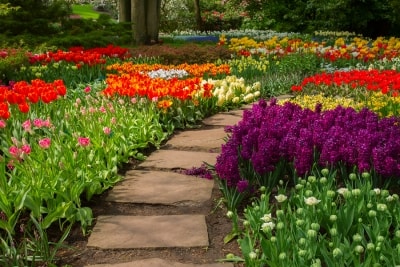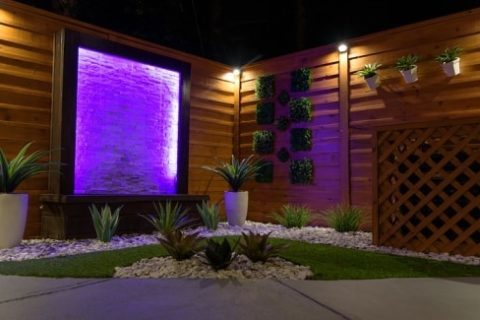Everything you need to Know about Hardscaping
While most people are familiar with the idea of planning landscaping in White Plains, many are unaware that this design concept can be broken down into two more specific terms: hardscaping and softscaping. While both can add appeal to a yard or lawn, they do so in very different ways. Continue reading to find out what you need to know about hardscaping.
Practicality
While softscaping is often used for aesthetic purposes, helping to enhance the atmosphere and visual appeal of your front or backyard, hardscaping tends to serve a more practical purpose. Hardscaping describes the installation of non-living structures, like walkways, driveways, and other paths as well as stone walls and sculptures. For example, walls can substantially influence the flow of your yard as well as outline your property boundaries in a creative and interesting fashion. Short stone walls that surround a pool can be lounged upon before or after a swim, and a flowing walkway can lead you there from your back door. If you have a large hill or slope in your back yard, hardscaping can help you change it into a more useable area, like a multi-tiered garden with stairs and stone sectioning.
Aesthetics
While hardscaping often serves practical purposes, this is not to say that hardscaping cannot also improve your yard’s aesthetic appeal. These structures can be beautiful to admire while still serving a practical function. It is up to you and your landscaper to design hardscaping elements that highlight your yard’s focal points and create a visually cohesive landscape. Hardscaping can be used to balance out the softscaping in your yard, but the type of landscaping that takes precedence should depend on the your personal taste and the existing themes that are already present.
Planning for Interaction
People tend to actively interact with hardscaping, which is typically not the case with softscaping. This means that the structures built into your yard must be created efficiently and with the right materials. Walkways will need to withstand wear and tear from foot traffic, and stone walls should be sturdy. You can consult a landscaping company to ensure that your hardscaping elements are properly built using the correct materials.



